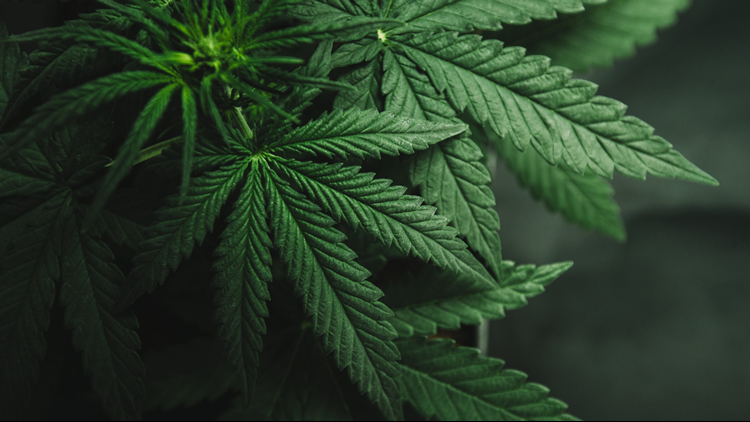There's no question, marijuana is more mainstream than ever.
Every retail license available in Washington state has been sold out for months. And last year, total sales surpassed a billion dollars — just five years after voters approved legalized recreational marijuana.
Today, marijuana excise tax revenue is flowing in faster than the state first predicted, and the fight over how to distribute the money is expected to be another hot topic in the next legislative session.
So how is that marijuana tax money spent? And can the more than $720 million of excise tax this biennium solve what seems to be a never-ending budget crisis in Olympia?
KING 5, with the help of Microsoft and Revel Consulting dug into the data and this is what we found. Below is a Microsoft Power BI data visualization you can explore. More details below.
More than predicted
Almost everyone underestimated the appetite for marijuana. The first gram was sold in July of 2014 and at that time, the Washington State Liquor and Cannabis Board estimated $36.3 million would be collected in Fiscal Year 2015.
Actual tax revenue almost doubled that projection, with $64.9 million collected. Expectations have been crushed ever since.
The bulk of Washington’s marijuana tax money comes from a 37 percent tax levied on all retail sales of any marijuana product. The most recent state tax collection netted $314.8 million in FY 2017, a full 262 percent more than predicted.
"No one is more surprised than me about this," said Sen. Ann Rivers, R-La Center, one of the go-to state lawmakers on the issue.
Where does it go?
Unlike Colorado, which has a lower tax rate and spends most of its marijuana money on schools, Washington allocates a portion of its marijuana tax dollars to substance-abuse education and treatment programs.
But the biggest slice of the pie, more than $262 million in 2018, helps the state pay for its share of Medicaid, which provides health insurance to nearly 1.8 million low-income Washington residents.
However, some critics of the law believe times have changed, and more money needs to be spent on the growing opioid epidemic in Washington State.
"We have an efficiency problem that people don't seem to be talking about much," said Rivers. She's referring to how little money is spent on treating addicted opioid users.
Currently, $5,368,000 is allocated in the 2017-2019 biennium for more beds at youth residential treatment services and to support substance use disorder programs and research. There is also a portion of that money spent on an addiction helpline.
But Rivers says that's not enough to the meet the needs of our struggling communities. "A hotline doesn't cut it," she said. "We can't forget about those who are already addicted."
The next session is a budget year when lawmakers are able to adjust where marijuana tax money goes.
But other lawmakers believe it's still too early to make any changes to the way the money is spent.
"We should continue to prioritize public health," said Sen. Reuven Carlyle (D-Seattle), another key lawmaker during the implementation of the initiative in 2012. "We should maintain the core structure we've built for another few years before any big changes so that we can fully understand the implications of legalization - such as addiction, public health, education, youth, research and other related issues."
Total piece of the pie
When compared to the entire tax revenue picture, marijuana makes up just a sliver of the more than $21 billion coming in statewide.
Marijuana revenues are projected to grow by about $75 million between the state's 2017-19 budget cycle and the next budget cycle, which runs from 2019-21.
So for those asking why the marijuana revenue can’t be used to just fix big problems like school funding or transportation improvements, the answer is clear – it’s just not that much money in the grand scheme of the state budget.
Changes coming?
If there were to be any changes to the way marijuana tax money is spent or how it's taxed, that would come in the upcoming legislative session that begins in January.
The 2018 legislature changed the formula a little, allowing cities and counties to spend the money how they wish as long as they don’t have a ban/moratorium and allow producers. Some began spending it on law enforcement, despite opposition from lawmakers like Rivers.
Sen. Rivers says she plans to introduce legislation to help funnel more marijuana tax revenue to programs that treat opioid-addicted Washingtonians.
"It's going to be a fight," said Rivers. "But it's a fight worth having."



